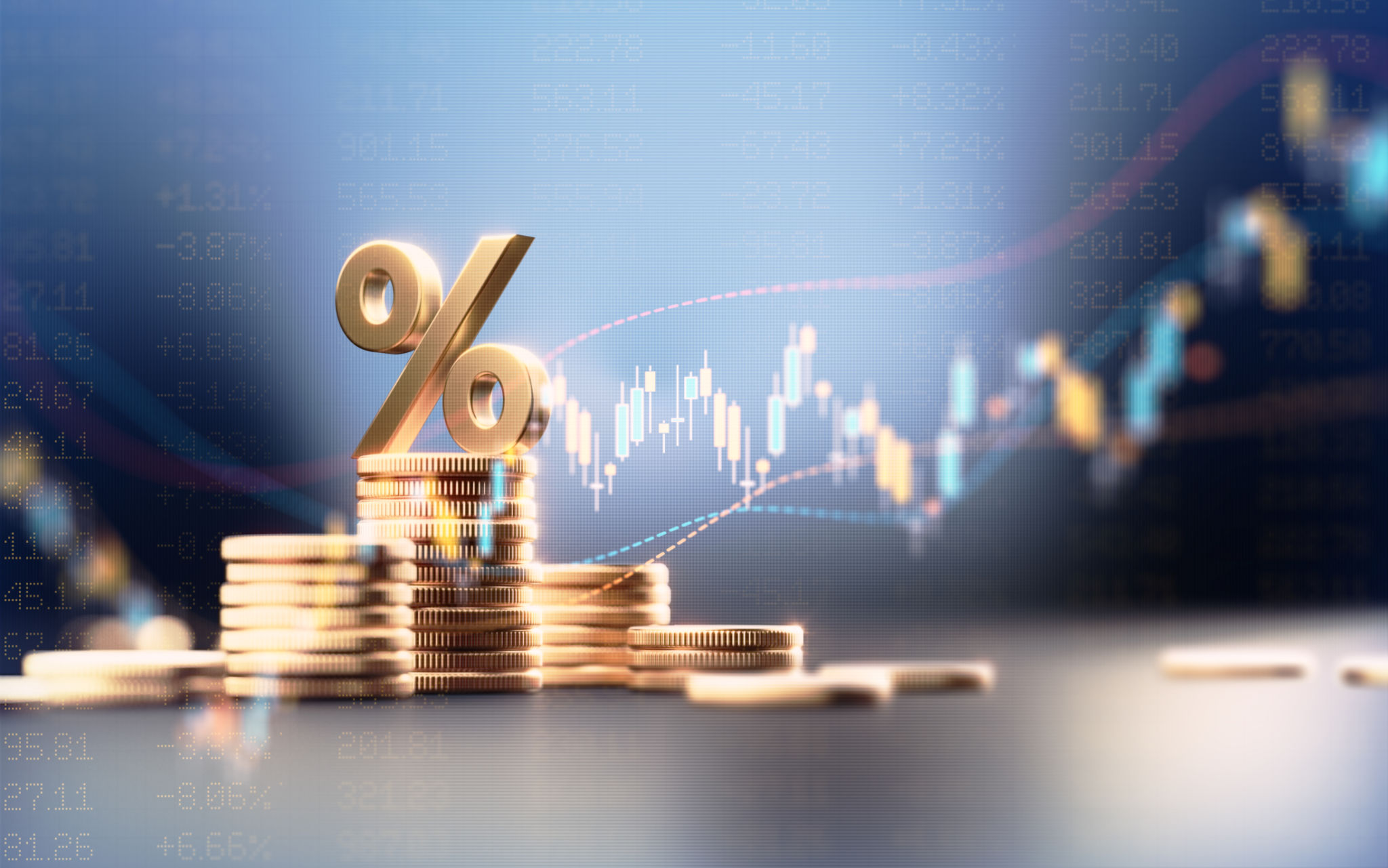Exploring the Benefits of Equipment Leasing vs. Buying for Australian Businesses
Understanding Equipment Leasing
For many Australian businesses, the decision to lease or buy equipment is crucial. Leasing provides an opportunity to access the latest machinery without the significant upfront costs associated with purchasing. This method can be particularly beneficial for startups or small businesses that may not have extensive capital reserves.
Leasing allows companies to upgrade to newer models more frequently, ensuring they always have the most efficient and cutting-edge technology at their disposal. This flexibility is vital in fast-paced industries where equipment quickly becomes outdated.

The Financial Advantages of Leasing
One of the primary benefits of leasing is the financial advantage it offers. By opting for a lease, businesses can maintain a steady cash flow, as they are not required to make a large initial expenditure. Instead, they can distribute costs over a set period.
Additionally, leasing can provide tax benefits. Lease payments are often considered operating expenses, which can be deducted from taxable income. This can result in significant savings for businesses over time.
The Case for Buying Equipment
While leasing has its advantages, purchasing equipment outright also has its benefits. Owning equipment means that businesses have complete control over its use and maintenance. This can lead to long-term cost savings, especially if the equipment has a long lifespan and does not require frequent updates.

Buying is often the better option for businesses with stable, predictable needs where the equipment will be used consistently over many years. Once the initial investment is recouped, owned equipment can provide years of service without further financial outlay.
Evaluating Depreciation and Value
When purchasing equipment, companies should consider depreciation. While leased equipment does not need to be accounted for in terms of depreciation, purchased equipment typically loses value over time. However, equipment with a slower depreciation rate can still retain considerable resale value.
Businesses must evaluate whether the potential resale value and long-term use of the equipment outweighs the benefits of leasing. This decision often hinges on the specific needs and financial strategies of the business.

Making the Right Decision for Your Business
Choosing between leasing and buying equipment requires a careful analysis of a company's financial health and operational needs. It's essential to weigh the immediate financial benefits of leasing against the long-term advantages of ownership.
Businesses may also consider hybrid models where some equipment is leased while other items are purchased outright. This approach allows companies to strategically manage their resources and ensure they have access to essential tools without overextending financially.
Consulting Financial Experts
Before making a decision, consulting with financial experts or accountants can provide valuable insights. These professionals can help businesses assess their current financial situation and project future needs, ensuring they make informed decisions that align with their strategic goals.
In conclusion, both leasing and buying have distinct advantages for Australian businesses. By carefully considering these options, companies can make decisions that best support their growth and operational efficiency.
